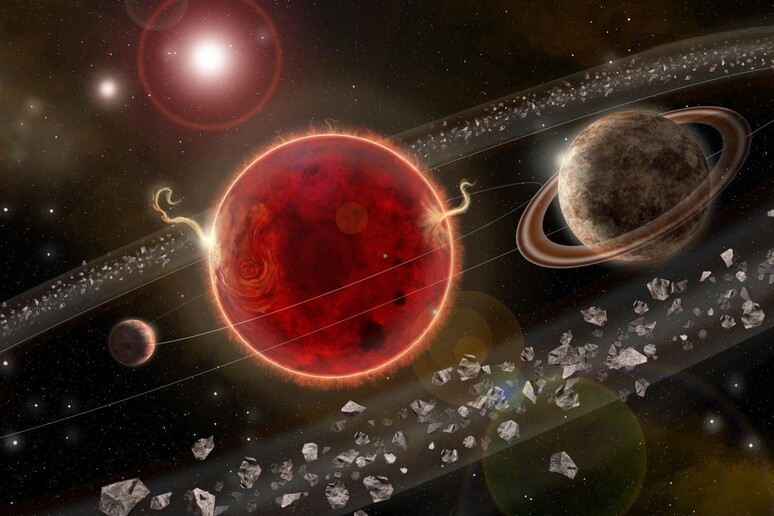A second planet could have been spotted in orbit around the star closest to the Sun, Proxima Centauri, just 4.2 light years from the Solar System, toward the Centaurus constellation. This is indicated by the study conducted by Mario Damasso, of the National Institute of Astrophysics (INAF) in Turin, and by Fabio Del Sordo, of the University of Crete and of the Foundation for Research and Technology (FORTH), published in the journal Science Advances. The observations were conducted through the Very Large Telescope (VLT) of the European Southern Observatory (ESO).
In addition to Proxima b, discovered around Proxima Centauri in 2016, experts suggest the possible presence of a second planet, Proxima c, based on the cyclical variations observed in the brightness of the star. Like Proxima b, the second planet could be a super-Earth too.
The data indicate that the planet is located about 1.5 Astronomical Units from its star: a distance equal to one and a half times the average distance between the Earth and the Sun, which is about 150 million kilometers. Proxima c would have a mass extimated as six times greater than Earth and would take 5.2 years to complete a full orbit.
The authors of the research point out that further studies will be needed to confirm the results. "If the existence of the planet were to be confirmed - they note - the discovery could help understand how small-sized planets are formed around stars of reduced mass, such as red dwarfs", the most common in the universe.
Riproduzione riservata © Copyright ANSA













